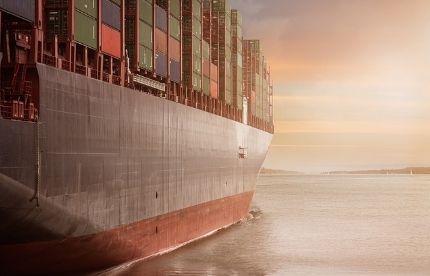What is DCP (Delivered Carriage Paid) and How Does It Facilitate International Commerce?
DCP, or Delivered Carriage Paid, is an important Incoterm used in international trade to define the responsibilities and risks between sellers and buyers regarding the transportation of goods. This term signifies that the seller delivers goods to the buyer by paying for the carriage to the specified destination but does not cover the risk of loss or damage to the goods or any additional costs due to events occurring after the goods have been brought to the destination. In this article, I will detail the nuances of DCP, its operational logistics, and its implications on global trade practices.

What is Delivered Carriage Paid (DCP)?
Delivered Carriage Paid (DCP) is a shipping term that obligates the seller to arrange for the transport of goods to a named destination and to cover all the costs associated with this transport. However, unlike some other terms (such as DDP - Delivered Duty Paid), DCP does not require the seller to handle import duties, taxes, or other regulatory fees. The risk transfers from the seller to the buyer once the goods are handed over to the first carrier, not at the destination.
How does DCP operate in international trade?
Under the DCP term, the seller is responsible for arranging and paying for all transportation costs to bring the goods to the agreed-upon destination. This includes choosing the carrier and covering all logistical costs involved until the first carrier takes possession of the goods. The main distinction in DCP is that the seller does not bear the risk for loss or damage to the goods once they have been handed over to the first carrier.
What are the key responsibilities under DCP?
1. Seller’s Responsibilities:
• Organize and pay for all transportation to the designated destination.
• Provide the goods and commercial invoice in conformity with the sales contract.
• Clear the goods for export, not import.
2. Buyer’s Responsibilities:
• Pay for any additional transport costs beyond the agreed delivery point.
• Handle import duties, taxes, and other charges upon arrival.
• Bear the risk of loss or damage from the point the goods are handed to the carrier.
What are the advantages of using DCP?
1. Clear Cost Structures: Sellers and buyers have clear expectations about who pays for transportation and handling up to the destination point.
2. Simplicity for Buyers: Buyers don’t need to arrange for the export leg of the shipment, simplifying logistics, especially for those unfamiliar with international shipping.
3. Flexibility: This term can be used across multiple modes of transport, making it versatile for various types of international transactions.
What challenges are associated with DCP?
• Risk Transfer: The point of risk transfer might lead to disputes if not clearly defined and understood, as the seller’s responsibility for the goods ends once they are transferred to the carrier.
• Insurance Needs: Since the risk transfers to the buyer early in the shipping process, the buyer needs to ensure adequate insurance coverage from the point of pickup.
How can businesses effectively use DCP in their shipping strategies?
Businesses should assess whether DCP is suitable based on their capacity to manage risks associated with transportation and insurance. Sellers should ensure clear contractual agreements detailing the exact point of transfer of responsibilities and risks. Buyers need to have robust processes to handle importation and further transportation from the point of delivery.
Understanding DCP (Delivered Carriage Paid) is vital for companies engaged in international trade, providing a framework that balances the distribution of costs and risks between sellers and buyers effectively. This term offers a practical approach to managing international shipments, allowing both parties to plan their logistics and financial responsibilities accurately.
Related articles

 WeChat of CBiBank
WeChat of CBiBank